Research Research Highlights
Research Highlights
Research Highlights
Research Highlights
Research Highlights 미리보기
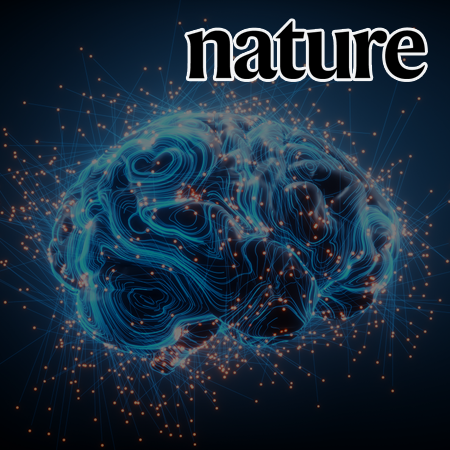
Temporally Distinct 3D Multi-Omic Dynamics in the Developing Human Brain
Prof. Dong-Sung Lee
Professor Dongsung Lee from the College of Medicine at SNU, in collaboration with researchers at UCLA and UCSF, has published a paper in Nature, being the first in the world to study epigenomic changes, including the three-dimensional genome structure and DNA methylation, during human brain development from the fetal stage to adulthood at the single-cell level, using the single-nucleus methyl-3C technology they developed.
Research Highlights Board
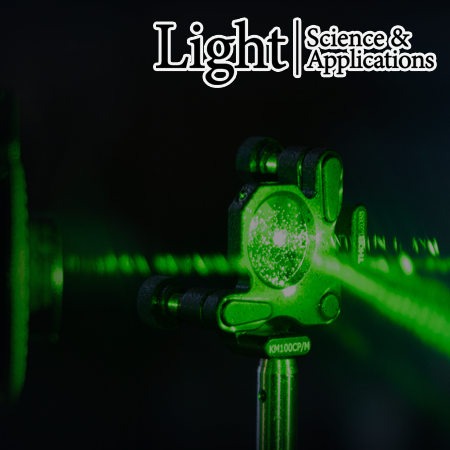
Professors Sunkyu Yu and Namkyoo Park’s team at Seoul National University realized a platform for long-distance signal transport of high capacity optical information
Prof. Sunkyu Yu and Namkyoo Park
The College of Engineering at Seoul National University has announced that the research team led by Professors Sunkyu Yu and Namkyoo Park of the Department of Electrical and Computer Engineering has successfully realized a noise-resistant broadband signal processing platform by introducing topological design techniques to photonic integrated circuits.
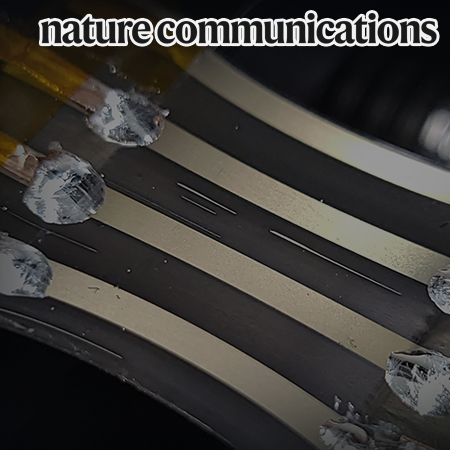
Professor Yongtaek Hong’s Research Team at Seoul National University Develops ‘Selective Metal Films Deposition Technique’ Enabling Fabrication of Soft Electronics with Various Form Factors
Prof. Yongtaek Hong
Seoul National University’s College of Engineering announced that a research team led by Prof. Yongtaek Hong from the Department of Electrical and Computer Engineering, in collaboration with Prof. Byeongmoon Lee from the Department of Electrical Engineering and Computer Science at the Daegu Gyeongbuk Institute of Science and Technology (DGIST),
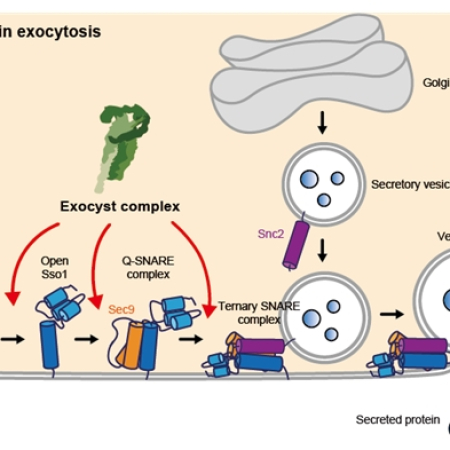
Exocyst stimulates multiple steps of exocytic SNARE complex assembly and vesicle fusion
Prof. Tae-Young Yoon
Exocytosis of secretory vesicles is required for cellular growth, division, and cell-cell communication. Lee et al., reveal that the exocyst tethering complex has stimulatory roles in exocytic SNARE complex assembly and SNARE-mediated vesicle fusion.
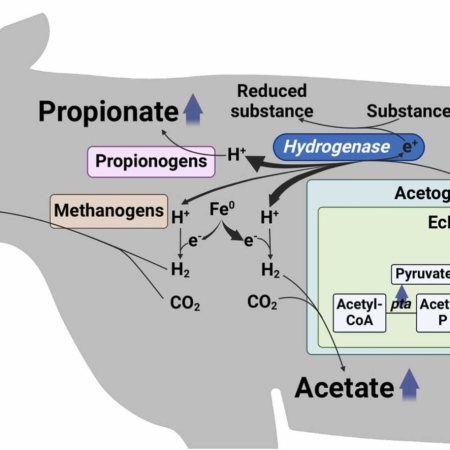
Metabolic-methane mitigation by combination of probiotic Escherichia coli strain Nissle 1917 and biochar in rumen fluid in vitro fermentation of dairy cow
Prof. Younghoon Kim
SNU CALS team led by Prof Younghoon Kim demonstrated that combining the probiotic Escherichia coli strain Nissle 1917 with biochar can reduce methane production when applied to rumen fluid and provided insights into the underlying mechanism.

Development of Technology to Predict the Deformation of DNA Origami Structures Induced by DNA-Binding Molecules
Prof. Do-Nyun Kim
Recently, research using DNA origami technology to create nanostructures for advanced bio-convergence fields has been actively conducted. Especially, the technology to utilize environmental changes within the body to modify the shape of structures to perform necessary functions is gaining attention.

Professor Byoungyoung Lee's Team at Seoul National University Discovers Security Vulnerability in ARM CPUs Used in Android Smartphones Such as Google Pixel Phones, Increasing Hacking Risks
Prof. Byoungyoung Lee
The College of Engineering at Seoul National University has announced that a research team led by Professor Byoungyoung Lee from the Department of Electrical and Computer Engineering has discovered a security vulnerability in the Memory Tagging Extensions (MTE) feature embedded in CPUs designed by the British semiconductor design company ARM.

The hidden power of shame: how feeling ashamed enhances advertisement recall and positive attitude
Prof. Youjae Yib The Colle
This study investigates the effect of shame on subsequent advertisement processing. Consumers often experience shame in various advertising contexts, such as digital media contexts, TV advertisements, or even daily lives. However, it remains unclear how feeling shame affects consumers’ processing of subsequent advertis...
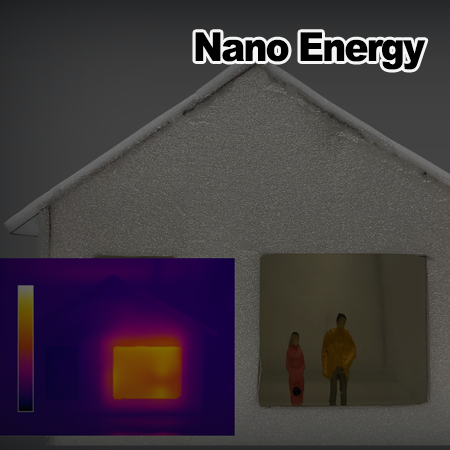
Energy-saving window for versatile multimode of radiative cooling, energy harvesting, and defrosting functionalities
Prof. Seung Hwan Ko
This study presents an energy-saving window that integrates the multi-mode of radiative cooling, droplet-based electricity generator, and defrosting/defogging functionalities with an all-in-one device architecture.

Development of Biodegradable Electronic Tent for Non-Surgical Brain Disease Diagnosis Using a Needle
Prof. Seung-Kyun Kang
The College of Engineering at Seoul National University has announced that Professor Seung-kyun Kang’s research team from the Department of Materials Science and Engineering has developed a biodegradable electronic tent technology that enables brain disease diagnosis using a needle.
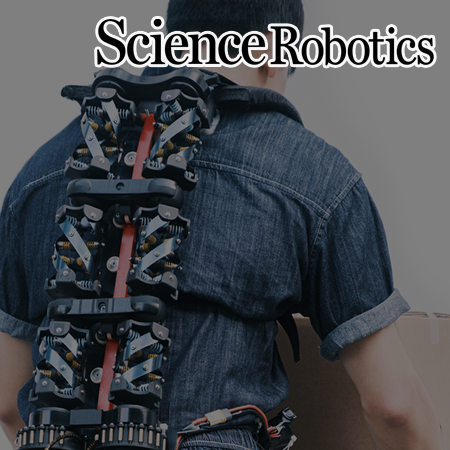
Professor Yong-Lae Park's Team at Seoul National University Develops The Bilateral Back Extensor Exosuit Revolutionizing Workplace Safety
Prof. Yong-Lae Park
Prof. Yong-Lae Park’s team from the Dept. of Mechanical Engineering has developed the Bilateral Back Extensor Exosuit (BBEX), a cutting-edge robotic back-support device designed to prevent spinal injuries and assist workers in heavy lifting tasks.
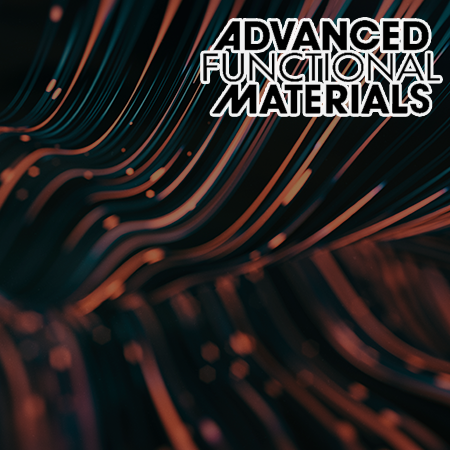
Development of Next-Generation Fiber-Based Human-Machine Interface (HMI) Bioelectrodes
Prof. Seung Hwan Ko
The research team validated the strengths of their developed process system and outcomes through various applications, including an in vivo epicardial signal recording ECG electrode, an epidermal electrochemical biosensor, and customized epidermal electromyography (EMG)-based human–machine interface (HMI).
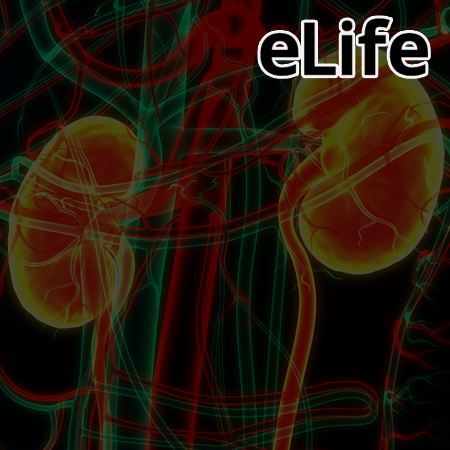
Uremic toxin indoxyl sulfate induces trained immunity via the AhR- dependent arachidonic acid pathway in end-stage renal disease (ESRD)
Prof. Won-Woo Lee
Professor Won-Woo Lee's team in the Department of Microbiology and Immunology at SNU College of Medicine have identified the mechanism of trained immunity induced by the uremic toxin indoxyl sulfate, suggesting a new therapeutic target for patients with chronic kidney disease.

